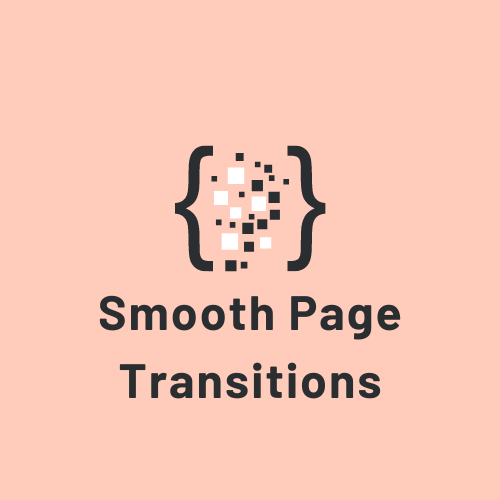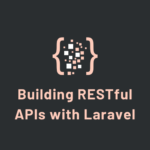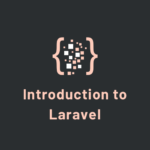Category: HTML
-

Accessible Forms with Pseudo Classes
Creating accessible forms is essential for ensuring all users, including those with disabilities, can interact with your website effectively. Pseudo-classes in CSS can be used to enhance the accessibility of forms by providing visual cues and feedback. Let’s explore some common pseudo-classes and their usage in creating accessible forms: 1. :focus The :focus pseudo-class applies […]
-

Responsive Web Design: Media Queries for Various Screen Sizes
Absolutely, creating a responsive web design using media queries is crucial for ensuring your website looks and functions well on various screen sizes and devices. Media queries allow you to apply different styles to your content based on the user’s device characteristics. Here’s a guide on using media queries for various screen sizes: Step 1: […]
-

Mastering CSS Grid: Create Flexible Layouts with Fewer Lines
Absolutely, CSS Grid is a powerful layout system that enables you to create complex and flexible layouts with relatively simple code. It’s a fantastic tool for arranging items in both rows and columns on a web page. Here’s a quick introduction to creating layouts using CSS Grid: Step 1: Setting Up the Grid Container To […]
-

Simplify Complex Logic with Ternary Operators in JavaScript
Ternary operators, also known as conditional operators, offer a concise way to write simple conditional logic in JavaScript. They can be especially useful for simplifying code by replacing short if-else statements with a single line of code. The general syntax of a ternary operator is: condition ? expressionIfTrue : expressionIfFalse; Here’s how you can use […]
-

How to make header in HTML/CSS
Creating a header in HTML and CSS involves structuring the HTML markup and styling it with CSS to achieve the desired look. A header typically contains a navigation menu, a logo, and possibly other elements. Here’s a simple example of how you can create a basic header: HTML: CSS (styles.css): /* Reset default margin and […]
-

Laravel in all platforms
Laravel is a PHP web application framework, primarily used for backend development. Installing Laravel on various platforms involves setting up a development environment with PHP, a web server (usually Apache or Nginx), and a database (typically MySQL). The installation process can vary depending on the operating system you’re using. Here’s a general overview of how […]
-

Bootstrap on various platforms
To install Bootstrap on various platforms, you’ll need to use different methods depending on your environment. Bootstrap is primarily used for web development, so the installation process will differ based on whether you’re working with a backend server, a frontend framework, or a content management system (CMS). Here are instructions for different platforms: Frontend Frameworks […]
-

Smooth Page Transitions
htmlCopy code<!DOCTYPE html> <html> <head> <style> body { opacity: 0; transition: opacity 0.5s; } </style> <script> document.addEventListener("DOMContentLoaded", function(event) { document.body.style.opacity = 1; }); </script> </head> <body> <!-- Your page content --> </body> </html> This code snippet adds a smooth fade-in effect to your web page by initially setting the body’s opacity to 0 and then […]
Recent Posts
- Mastering Eloquent ORM in Laravel

- Advanced Laravel: Middleware and Service Providers

- Laravel Blade Templating Engine: A Beginner’s Guide

- Building RESTful APIs with Laravel

- The PHP Framework for Web Artisans

Tags
Add Advanced AI and API application Builders code Concepts CSS Curl Database Django Eloquent Example Execution Facebook Faster for Google How html in Introduction laravel Login ObjectOriented on PHP Programming Project Python Rails Ruby Simple Site Smart Socialite Speedier to tricks Using Web Development with World!"


That is very interesting, You're ann excessively skilled blogger. I have joined your feed and look forward to in the…